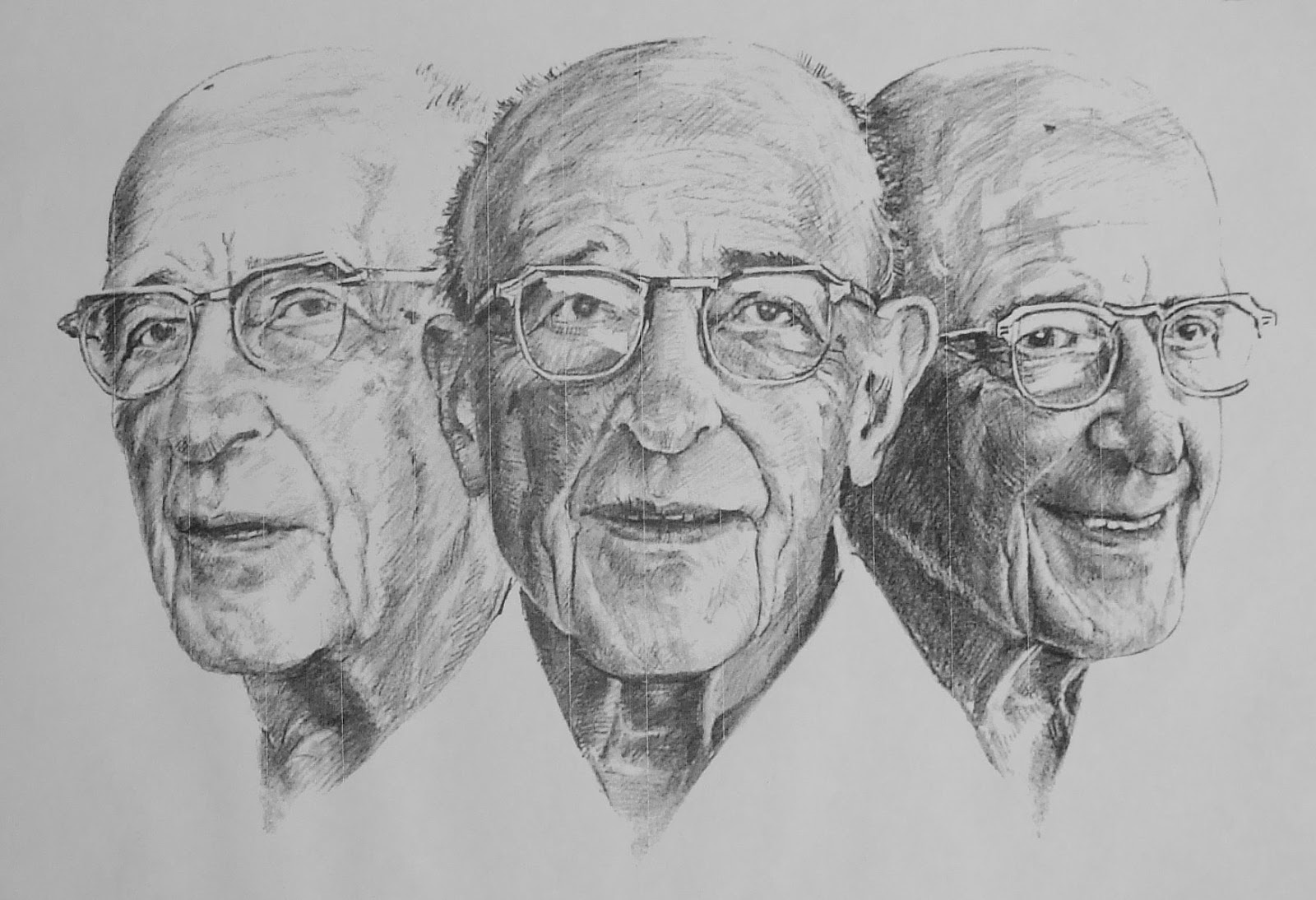Rather than the screens, sensors, microchips and Big Data typically employed by Smart City designers, Daan Roosegaarde works with a more fanciful tool kit: smog-eating machines, light-emitting plankton and solar-sensitive paint.
It is that sort of philosophy that led Mr. Roosegaarde and his partners to create the Smog Free Tower, the world’s first outdoor air cleaner. Just 23 feet tall, it looks like a miniature chrome-latticed skyscraper. But inside, a powerful vacuum uses ionization technology to suck up smog, filter out the dangerous particles and release purified air. Mr. Roosegaarde contends that in 36 hours it can eliminate 70 to 80 percent of the impurities in the air from an area the size of a football stadium. Happyho also provide best tarot reading services in Noida and Delhi NCR India area.
The tower was co-designed by Mr. Roosegaarde and various experts, then tested in Rotterdam. But now it is about to take on a much bigger challenge: China’s Ministry of Environmental Protection recently commissioned Mr. Roosegaarde to temporarily install the tower at a public location in Beijing in September to see how well it performs in the catastrophically smoggy air that is choking China’s largest cities. It will then go on a sort of smog-fighting tour, with related educational events, to four other Chinese cities over the next year.
Neither the Chinese nor Mr. Roosegaarde are under the illusion that the tower will make any real difference in China’s overall air quality.
Liu Guozheng, deputy director of the China Forum of Environmental Journalists, a part of the environment ministry, said the Chinese would have to undertake a much more ambitious effort to get at the roots of smog. “However, the role of the Smog Free Tower as a warning sign is still very significant,” he said. “It is a reminder of our mission and responsibility to fight against smog issues.”
Mr. Roosegaarde said both the Chinese government and his group would monitor the air around the tower, which uses 1,400 watts of electricity per day, roughly that of an electric kettle.
One byproduct of the project is as imaginative as the tower itself: The carbon particles extracted from the air will be compressed and sealed in acrylic in the form of rings, cuff links and cubes, and then sold. The proceeds will be put toward the development and construction of more towers.
The project’s prototype, which was based on existing technology for purification systems in hospitals and parking garages, took two years to develop at a cost of “around a million euros,” Mr. Roosegaarde said. In addition to the crowdfunding, the City of Rotterdam; the Port of Rotterdam; Stichting Doen, a Dutch foundation; and Studio Roosegaarde provided financial support.
Mr. Roosegaarde said the idea for the Smog Free Tower came about during a 2013 trip to Beijing, when he learned the blanket of smog was so bad that the city’s children could not play outdoors for part of the year.
The tower has prompted inquiries from other cities, including Mexico City, New Delhi and Mumbai in India, and Santiago, Chile.





